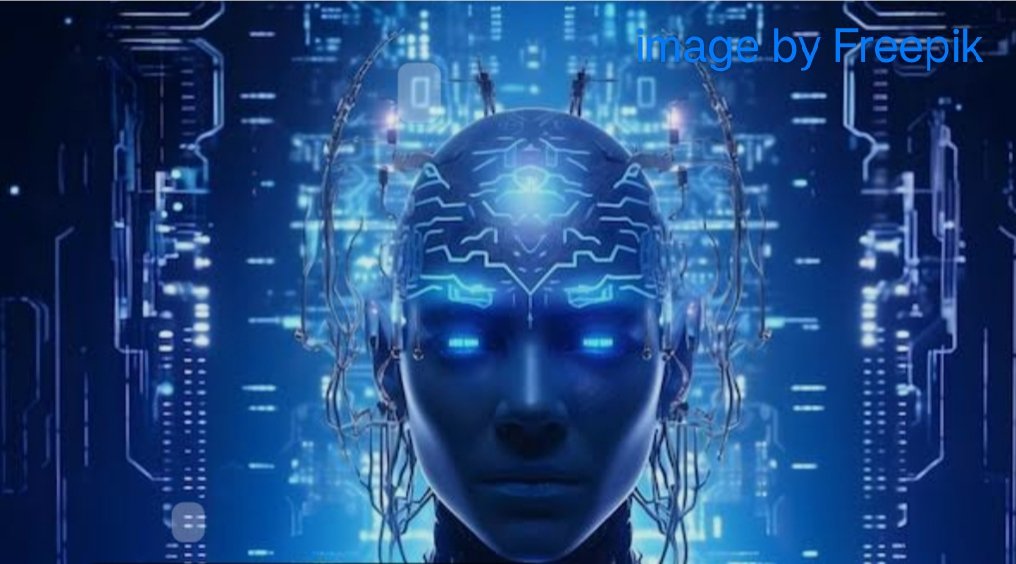The advent of advanced AI systems like ChatGPT has revolutionized the way we interact with technology. As AI becomes increasingly integrated into creative and collaborative processes, it raises significant legal and ethical questions, particularly regarding privacy rights.
This article identifies the collaborative use of AI, such as ChatGPT, as an emerging area needing legal regulation, explains the necessity of such regulation, and suggests possible regulatory measures.
Emerging Area: AI As A Co-Creator
AI systems, including ChatGPT, may now produce writing, music, art, and other creative outputs. These AI technologies are not passive instruments, but active participants in creative processes. They help in brainstorming, droughting content, and even completing tasks alone. The transition from AI as a tool to AI as a co-creator needs a reconsideration of privacy and intellectual property regulations.
Necessity Of Regulation
Regulating AI collaborations is crucial for several reasons. Firstly, data privacy is a significant concern, as AI systems like ChatGPT rely on vast datasets that often contain personal and sensitive information. Without proper regulation, there is a substantial risk of misuse or unauthorized access to this data, compromising individuals’ privacy and potentially leading to severe consequences for affected individuals.
Secondly, determining the ownership of content created with AI assistance presents complex challenges. Traditional intellectual property laws are not adequately equipped to address the unique contributions of AI, which can lead to disputes over rights and royalties. This complexity underscores the need for updated legal frameworks that can accommodate the nuances of AI-generated content.
Furthermore, openness and responsibility in the application of AI in creative processes are critical. The use of AI can blur the distinction between human and computer contributions, making it harder to appropriately assign work and hold parties accountable. Transparency in how AI systems function and their level of engagement is critical for preserving responsibility and confidence.
Moreover, the question of prejudice and fairness cannot be ignored. AI systems might unintentionally perpetuate and even magnify biases found in their training data, resulting in unfair and discriminating results. Ensuring that AI-generated material is fair and unbiased is crucial for upholding ethical norms in creative partnerships and advancing social justice.
Finally, the ethical usage of AI is an important concern. Clear ethical rules for the use of AI in creative processes are required to prevent misuse and guarantee that AI contributions are consistent with social norms. These recommendations should address the appropriate deployment of AI, with a focus on justice, human rights, and damage prevention. By tackling these complex challenges through comprehensive regulation, we can maximise the promise of AI while protecting human rights, promoting justice, and encouraging ethical innovation in creative partnerships.
Suggested Regulatory Measures
A complete set of regulatory measures ought to be taken into consideration in order to address the many problems regarding the integration of AI into creative processes. First and foremost, strengthening data privacy regulations is essential to guaranteeing that personal information used by AI systems is managed with the highest care. This entails protecting user privacy by adhering to guidelines such as data minimization, gaining users’ informed permission, and respecting the right to be forgotten. Creating precise intellectual property frameworks is also essential to identifying and characterizing AI’s contributions to creative endeavors. To appropriately allocate credit and rights, such frameworks might involve developing joint ownership structures or unique AI attribution guidelines.
Mandatory disclosure rules should also be implemented, requiring authors to reveal the use of AI systems in their works. This openness promotes trust and clarity in the creative outputs by making it easier to distinguish between human and machine contributions. It’s also critical to put bias mitigation measures into practice. These should include diverse training data, frequent audits of AI systems to find and fix biases, and the use of cutting-edge bias detection technologies to guarantee inclusiveness and justice.
Another crucial step is to establish ethical standards for AI usage in creative partnerships. To ensure that AI technologies are created and used responsibly, these principles should place a strong emphasis on justice, responsible AI usage, and respect for human rights. In order to establish legal accountability for material generated by AI, accountability procedures must be developed. This entails creating culpability for developers and producers in the event that AI contributions are misused or cause harm, guaranteeing that there are obvious consequences for using AI in an unethical or detrimental manner. When taken as a whole, these policies provide a strong foundation for addressing the social, legal, and ethical ramifications of AI in creation.
Conclusion
The emergence of AI as a co-creator brings both benefits and problems. While AI systems such as ChatGPT might boost creativity and productivity, they also pose serious legal and ethical concerns about privacy, intellectual property, and fairness. Addressing these difficulties requires the implementation of strong data protection regulations, clear intellectual property frameworks, transparency standards, bias mitigation measures, ethical norms, and accountability procedures. As AI evolves, proactive and adaptable legal frameworks will be critical to ensuring that AI partnerships are handled legally and ethically, protecting the public interest, and encouraging innovation.
Authors: Bhumika Sharma & Saanvi Kumar

